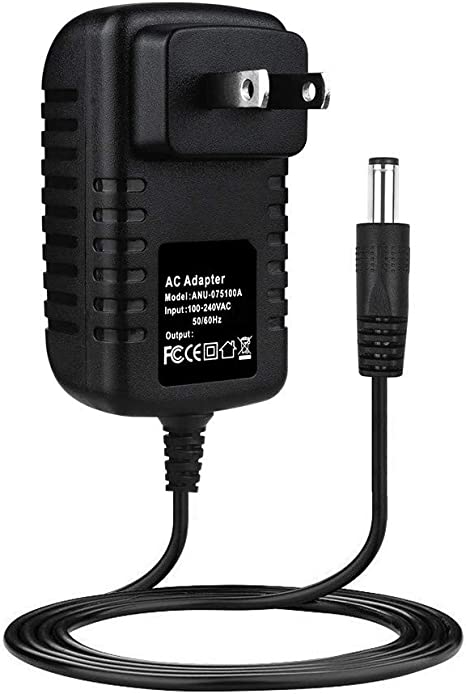In the early days when the cost of the emerging LED lighting market was high, the contracted energy management (EMC) was once considered to be a “weapon†to open up the market. However, the reporter recently found that the "weapons" in the promotion of LED repeatedly failed, industrial development could not break.
"In the low-watt lighting, the same brightness of LED lamps can save up to 90% than traditional lighting," the industry said. High prices have become a stumbling block to market promotion. Under such circumstances, the prevailing EMC model abroad is favored by the industry. In 2011, the first year of the “Twelfth Five-Year Planâ€, energy-saving emission reduction has become the highlight of the country, of which LED promotion is of great significance.
"Simply put, the object of LED transformation does not need to pay, we can help you to change, in the future to pay us from the savings of electricity bills in time." Shenzhen LED Industry Federation, Yi Feng Lighting Chairman Feng Jun introduction, At present, more than 70% of domestic LED retrofit projects are municipal projects. They are large-scale and costly, and are most suitable for the EMC model. "In theory, the EMC model can well solve the buyer's financial problems and it is easier for the buyer to accept it." In the market expansion, the EMC model once hoped to be high.
Usually the EMC cooperation model is divided into two types: First, the annual savings in electricity costs, the full amount returned to the LED business, until the amount of the contract agreement, the speed of this model to return money, more favored by LED companies. There is also the annual savings of electricity, divided by the proportion of the energy-saving transformation of the parties, return year after year, until the completion of the contract amount, the contract implementation cycle longer.
The beauty of the theory does not mean that the smoothness of the reality is good. At the beginning of the EMC cooperation, there were many obstacles, and after the cooperation was really unfolded, there was not a smooth sailing.
Various government departments treat the EMC model with subtle attitudes. Currently in the domestic LED lighting field, more than 70% of the market is a municipal lighting project. Although the State Council has repeatedly proposed to promote the development of LED and other energy-saving emission reduction industries, but in the LED lighting transformation market dominated by grass-roots governments, EMC implementation is still struggling. As a matter of fact, the financial system of the current government department that “separates revenue from expenditures†is specific to any one department. The “export†of electricity expenses is in the financial sector.
You have no money, can you find a bank loan? Where does the initial capital for the transformation come from? LED companies that want to eat big cakes often have headaches. According to the EMC rules, this money will be sent out by the LED companies, but there are often millions of investment in the short term without any return, a fortune tells two, if you start several projects at the same time, the amount of mobile money, which one Businesses also can not afford it. There are LED companies are still helpless: "A lot of LED companies belong to the soon-to-be-created high-tech enterprises, most of them are in the initial period, and the transfer is not a new technology that is widely accepted by the market. It only has the future charging rights and cash flow, and the bank The emphasis is on land, factory buildings and other assets. This makes it difficult for LED energy-saving companies to make loans."
In developed countries, most of EMC's energy-saving investments originate from loans, and insurance companies have specialized insurance policies to help companies resolve risks and prevent customers from defaulting on arrears of sharing fees. The actual situation of the client is different and will also restrict the promotion of EMC. The “energy saving without spending money†can only be a good thing. This is often the case in three situations: First, some financially rich regions have little interest in large-scale LED lighting transformation; Second, users are too economized. Like some second-tier cities in China, street lights are illuminated in intervals, which means that the EMC model The return on investment is long; Third, electricity costs are inherently low, and they rely on savings in electricity bills. The cycle is long.
Due to the long implementation cycle of EMC projects, changes in government agencies and personnel during the period have also brought uncertainties to the execution of contracts. In this context, banks are not afraid to lend lightly.
"The implementation of EMC in the LED lighting market, the current domestic successful sample is not much." A number of LED executives said, "As long as the government plays a leading role in the formation of some credible platforms, further financing, taxation and other aspects of the LED The EMC project of street lamps implements corresponding preferential policies and is supported by multiple measures. The road to contract energy management will continue to be even and smooth. How the government harmonizes the implementation of EMC projects is the key to the successful implementation of EMC.

15v wall charger,15 Watt Power Supply,15v ac dc adapter,AC Wall Charger Power Adapter,AC/DC Charger Power Supply Switching Adapter,DC 15V Global AC / DC Adapter,15VDC Power Supply Cord Cable Wall Charger,15VDC800 Charger PSU
Shenzhen Waweis Technology Co., Ltd. , https://www.waweis.com
